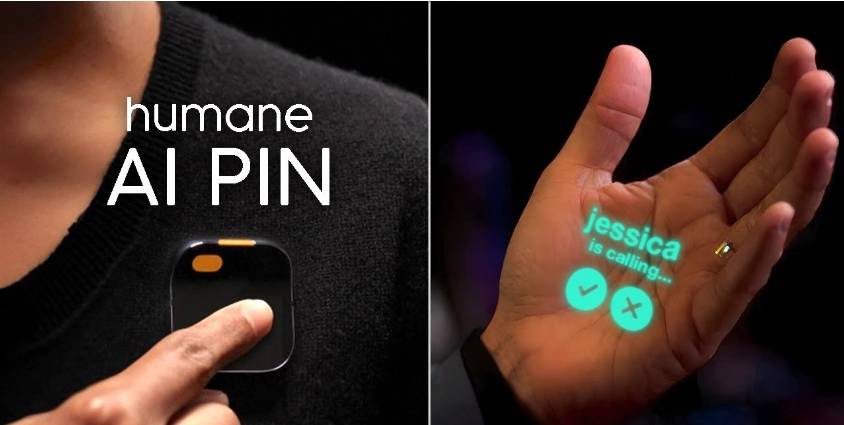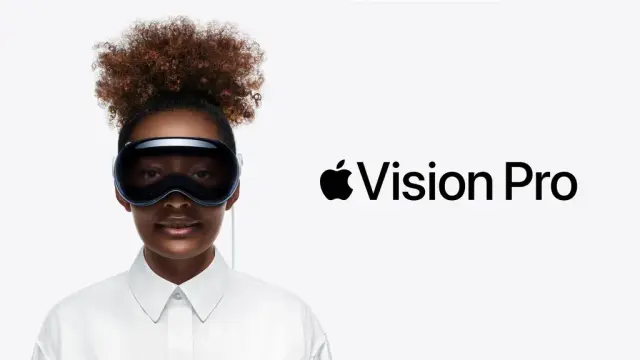How Wearables Validated—and Challenged—My 2006 Vision of Ubiquitous Computing
Two decades after publishing my thesis on Ubiquitous Computing (Ubicomp), devices like Meta Ray-Ban glasses, Humane AI Pin, and Apple Vision Pro have turned theoretical frameworks into daily realities—while exposing gaps I hadn’t foreseen. These innovations were made possible by the convergence of Moore’s Law, advanced software, and AI, which transformed theoretical concepts into practical, user-centric systems.
The Engine of Progress: Moore’s Law and Its Legacy
Gordon Moore’s 1965 prediction—that transistor density would double every two years—enabled the miniaturization and power efficiency critical to modern wearables. By 2025, Intel’s innovations in 3D packaging (e.g., Foveros) and gate-all-around transistors (RibbonFET) allowed chips like the Humane AI Pin’s Snapdragon processor to deliver desktop-level performance in sub-10W thermal envelopes. This exponential growth in computing power, now sustained through “More than Moore” approaches like heterogeneous integration, provided the hardware foundation for:
- On-device AI inference: Apple’s M2 chip in Vision Pro runs diffusion transformers locally at 350mW
- Sensor fusion: Meta Ray-Ban’s 12MP camera and spatial audio systems process data in real time
- Energy efficiency: Qualcomm’s Snapdragon platforms reduced power consumption by 40% per generation
However, as noted in Prolegomena To Any Future Device Physics, Moore’s Law’s focus on transistor density became insufficient. The industry shifted to Feynman Mandate metrics—optimizing for computational efficiency per joule—enabling wearables to balance performance with battery life.

Meta Ray-Ban: Contextual Promise vs. Privacy Tradeoffs
The Ray-Ban Meta’s hardware—a product of Moore’s Law scaling—exemplifies the "environmental memory" I envisioned. Its Live AI feature uses Qualcomm’s AI Engine to suggest recipes based on grocery store surroundings, validating my prediction of anticipatory systems. However, Meta’s 2025 voice data retention policy highlights corporate control over privacy—a tension my thesis warned about. As one reviewer noted:
"The LED recording indicator is nearly imperceptible... you’ll look stylish, but bystanders won’t know they’re being filmed" (The Verge).
This mirrors findings from my 2006 Wi-Fi studies, where users underestimated bystander discomfort. Modern solutions like Human Body Communication (HBC) (ACM), which transmits data through skin contact at 0.1× Wi-Fi’s power, could resolve this by limiting unintended surveillance.

Humane AI Pin: Privacy by Design, Equity by Accident
The Pin’s laser projection and Trust Light operationalize dynamic privacy controls. Its custom single-diode laser projects a 720p display onto the palm while drawing just 1.2W—a feat enabled by flexible memristors (RSC) that reduce power needs for analog processing. However, its $699 price tag (Humane) reveals ubicomp’s accessibility gap. As PEAF: Learnable Power Efficient Analog Acoustic Features notes, analog signal processing (ASP) could lower costs by 60% by avoiding power-hungry ADCs, but industry adoption remains slow.

Apple Vision Pro: Multidisciplinary Design, Physical Limits
Vision Pro’s Optic ID encrypts biometric data using a secure enclave processor (Apple), while gaze tracking activates only during interactions—a direct implementation of my "contextual permission" concept. The M2 chip’s 16-core Neural Engine processes 23 million pixels in real time, a task requiring 15.8 TOPS/W efficiency unimaginable in 2006. Yet its 650g weight (Apple) contradicts Weiser’s ideal of "invisible" computing, underscoring that Moore’s Law alone cannot solve ergonomic challenges.
The AI-Software Symbiosis
AI transformed my theoretical framework into adaptive systems:
- Federated learning (e.g., Google’s FLoC) enables personalized experiences without cloud dependency
- Diffusion models compress vision algorithms to run locally on Snapdragon platforms
- Neuromorphic architectures mimic human cognition, reducing power needs for always-on sensors
As AI and Machine Learning in Wearable Technology emphasizes, these software advances turned wearables from data collectors into proactive partners, anticipating needs through continuous context analysis.
Read Next: How Smartphones and 5G Redefined Ubicomp’s Scale



